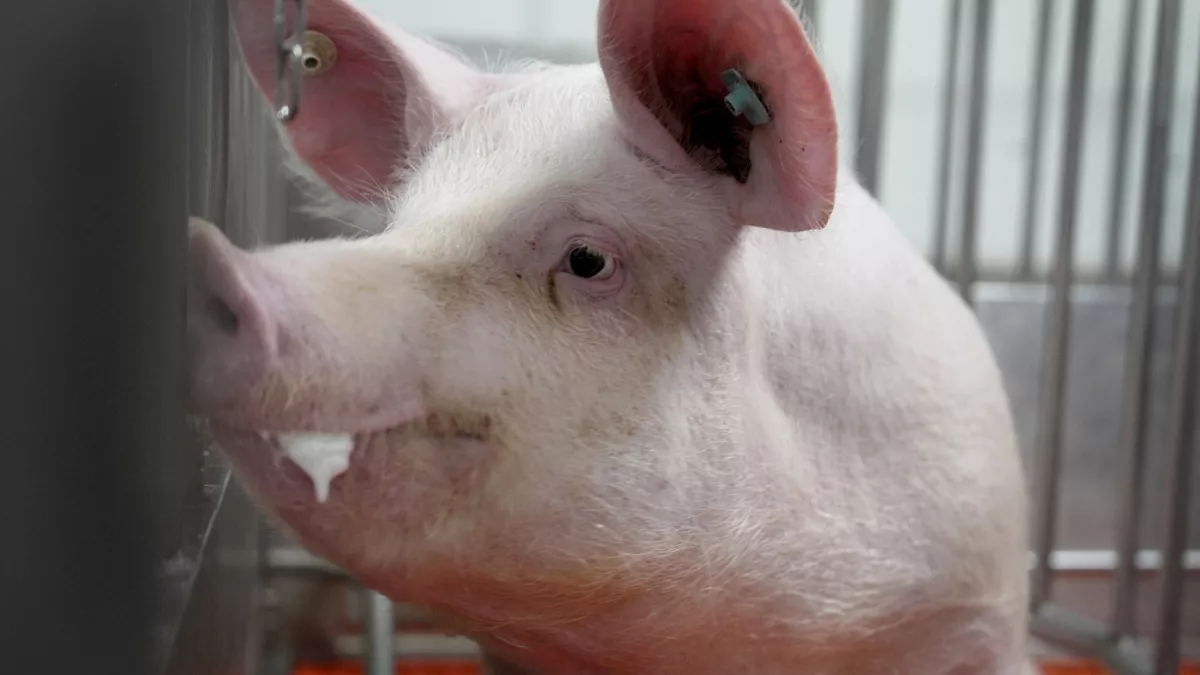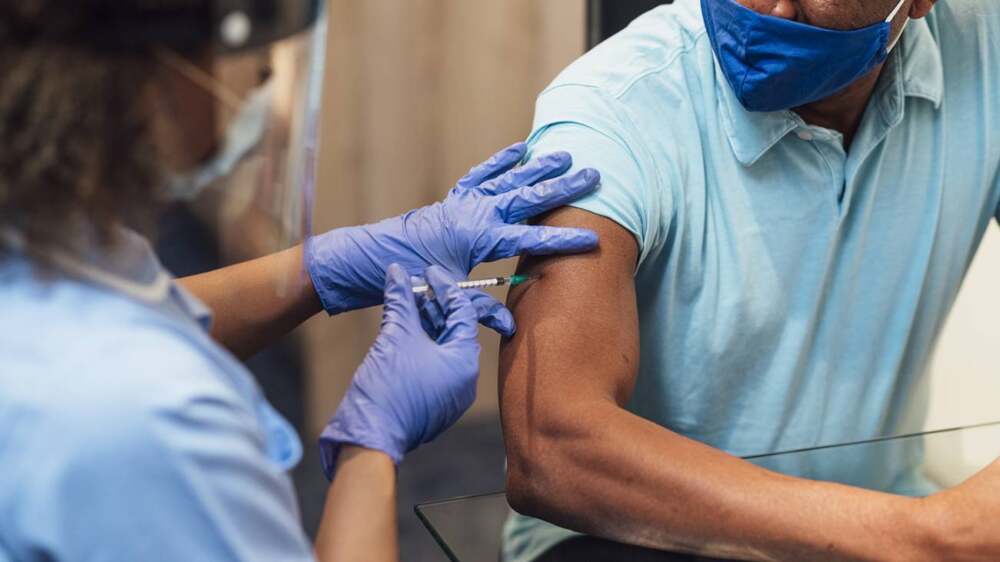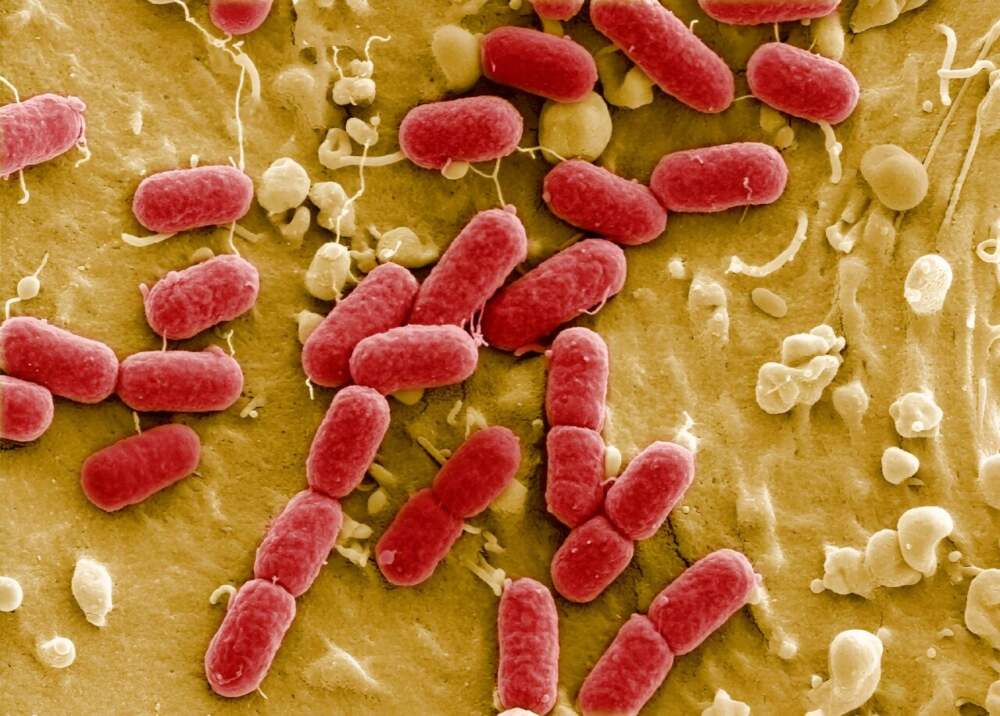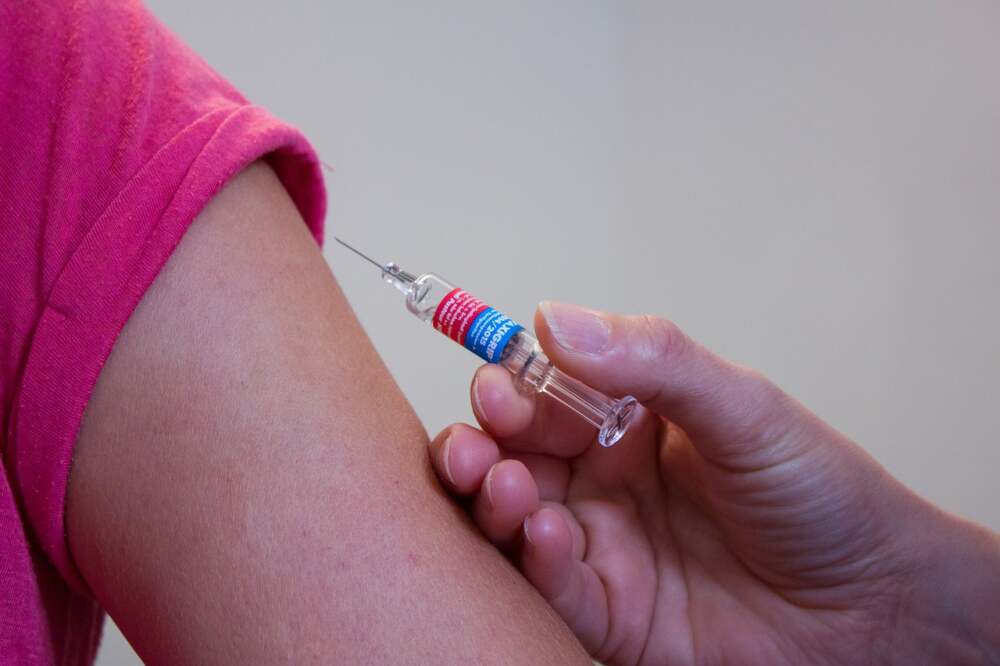In a groundbreaking experimental procedure, surgeons in China recently transplanted a genetically modified pig lung into a 39-year-old brain-dead human for the first time in medical history. This landmark operation, performed at Guangzhou Medical University, offers new hope in addressing the global lung donor shortage while showcasing the technical possibilities—and limitations—of cross-species transplants.
A Remarkable Scientific Achievement
The procedure involved transplanting the left lung from a pig modified in six specific genes into a brain-dead recipient. The lung functioned within the human chest for nine days, maintaining viability without triggering rapid-onset (hyperacute) rejection or infection—major concerns in such procedures.
Despite the initial success, the lung began showing severe swelling at the 24-hour mark, likely due to graft dysfunction and inflammatory injury. By days 3 to 6, antibody-mediated rejection became evident. Yet by day 9, partial signs of recovery suggested the graft retained some functional resilience.
Why It Matters—and What’s Still at Play
This experiment marks the first-ever pig lung xenotransplant into a human, validating that such transplants are technically feasible. Experts herald it as a vital proof of concept in the fight against organ shortages—the demand for donor lungs far exceeds available supply, and waitlists remain perilously long.
That said, lungs present unique challenges compared to other organs. Unlike hearts or kidneys, lungs are continuously exposed to environmental threats, triggering powerful immune defenses. This makes them particularly vulnerable to damage—even when genetically edited to reduce rejection risk.
Expert Perspectives and Future Directions
According to leading transplant specialists, this success is incremental—not yet a breakthrough for living patients. The path to clinical use demands improvements in:
- Gene-editing methods to enhance compatibility further.
- Immune suppression protocols that strike a safer balance.
- Strategies to preserve and protect organ integrity before and after transplant.
Moreover, experts point out that using brain-dead patients as experimental models helps refine procedures without risking living individuals. But this limits insights into how the organ might function long-term in a living recipient.
A Cautious Yet Hopeful Outlook
While this achievement is a bold stride forward, researchers stress that practical application in human medicine remains a long way off. Continued experiments, ethical scrutiny, and incremental enhancements are essential before pig lungs—or any animal organs—can become viable alternatives for patients in need.
This milestone undeniably pushes the boundaries of transplantation sciences, offering a glimpse into a future where organ scarcity might one day be overcome.
















Leave a Reply